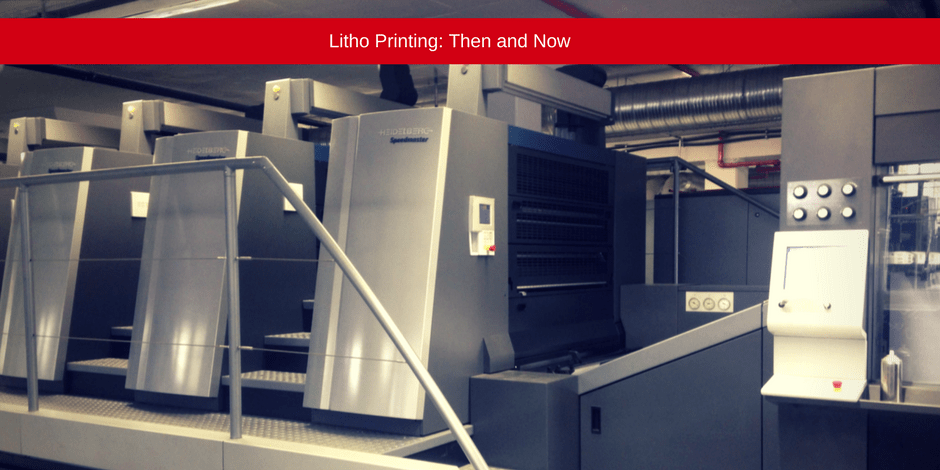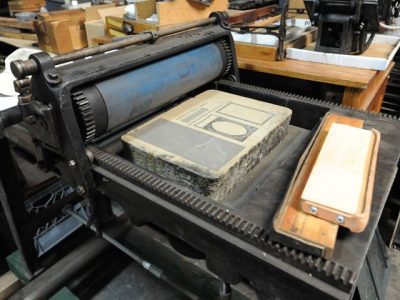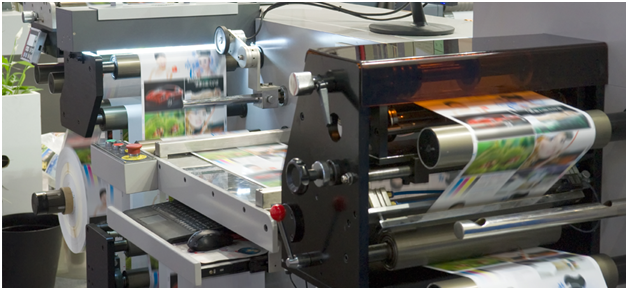A Comprehensive Guide to Comprehending Litho Printing Strategies
The globe of litho printing, a method originating from the late 18th century, is a fascinating blend of history, art, development and scientific research. This extensive guide will certainly untangle the intricacies of this printing technique, from the structure of litho inks to the challenges faced in contemporary applications. As we venture into the details of lithography, the value of automation and sustainability in ensuring its future relevance becomes progressively clear. Stick with us as we trip into the captivating realm of litho printing.
The Historic Evolution of Litho Printing
The historical trajectory of litho printing, an essential development in the realm of interaction, is a fascinating tale of human ingenuity. Birthed in the late 18th century by Alois Senefelder, this strategy was at first a cost-effective technique of publishing theatrical jobs. Lithography, originated from the Greek words for 'rock' and 'to write', made use of a smooth stone surface to move images onto paper. The procedure advanced with the advent of the rotating press, which greatly increased performance (litho printing). In the 20th century, the innovation of countered lithography transformed the market, allowing for automation of top quality prints. Each stage of litho printing's advancement showcases mankind's relentless pursuit of efficiency and high quality in visual communication.
Decoding the Science Behind Litho Printing Inks
Moving ahead in the expedition of litho printing strategies, the emphasis now changes to the science behind litho printing inks. The structure of these inks, their drying out process, and color mixing strategies develop the backbone of this intricate art form. Comprehending these components is essential to grasping the craft and achieving the desired print outcomes.
Structure of Litho Inks
In lithographic printing, the basic function of litho inks can not be overemphasized. Pigments, the color-providing elements, are carefully ground fragments put on hold in the automobile, a fluid that brings the pigment onto the printing surface. Each element plays an important component in the final print's quality, making the specific solution of litho inks a complex scientific research.
Ink Drying Process
From the make-up of litho inks, focus turns to the remarkable procedure of ink drying out. The drying procedure is critical, as it affects the final print's quality and durability. 2 primary techniques are made use of in litho printing: oxidative drying out and absorption. Oxidative drying out entails the ink responding with oxygen in the air to form a hard, dry film. This method offers a sturdy finish, however can be slower contrasted to absorption. Absorption, on the various other hand, involves the ink leaking into the paper fibers, which is a much faster procedure however can bring about much less dynamic shades. The option in between these methods depends on variables such as print rate needs, the paper kind made use of, and the desired surface.
Shade Combining Methods
While the drying procedure plays a vital duty in litho printing, the science of shade blending techniques holds equivalent value. The scientific research behind litho printing inks also takes into account the openness of the ink, which affects exactly how colors overlay and mix.
The Art and Design Elements in Litho Printing
Litho printing takes a breath life into art and style via its distinct aspects. The procedure entails developing a picture on a lithographic limestone plate or metal plate with a smooth surface area. The image is then published onto a medium, typically paper, by transferring the ink from home plate. What collections litho publishing apart is its ability to duplicate intricate styles with high integrity, making the output practically the same to the original art work. This is attained with making use of different line techniques such as cross-hatching, hatching, and stippling, which permit for a variety of tonal results. Litho printing fits a selection of colors, enabling artists to create dynamic and vivid prints. This combination of precision and flexibility makes litho printing a favored choice for lots of musicians and designers.
Modern Applications of Litho Printing Strategies
Litho printing methods have located extensive use in the contemporary industrial field. Its influence and relevance continue to expand with the development of brand-new developments and technologies in the field. This section will explore these modern applications and the transformative role they play in the printing sector.
Industrial Litho Printing Utilizes
Litho printing remains an essential component of the commercial sector. High-volume printing tasks, such as the manufacturing of publications, papers, and packaging, rely on litho printing for its ability to provide exceptional image high quality and price effectiveness. Litho printing additionally offers a wide color spectrum, superior to that of digital printing.
Technologies in Litho Printing
Pushing the borders of typical techniques, contemporary developments have sustained a host of technologies in litho printing. One popular development is electronic litho printing, which integrates the merits of electronic technology with litho's top notch output. These technologies highlight the enduring significance of litho printing in the modern-day world.
Checking out the Refine of Litho Printing: Detailed

Obstacles and Solutions in Contemporary Litho Printing

In spite of the accuracy and tradition that litho printing proudly why not try these out supports, it is not without its collection of modern obstacles. Digital litho printing permits for economical short runs and easy customization, addressing the issue of variable information. Thus, while there are difficulties, the litho printing sector is proactively adapting to satisfy them head-on, guaranteeing its relevance in the future.
Conclusion
In conclusion, litho printing, with its abundant history and clinical details, holds a significant area in the print industry. As the guide discloses, it's a my response synthesis of art and technology, with modern advancements guaranteeing its relevance. However, the market encounters obstacles that require innovative remedies, with a concentrate on automation and sustainability. The future of litho printing rests on its ability to adjust to these transforming demands, affirming its enduring value in a progressing market.
